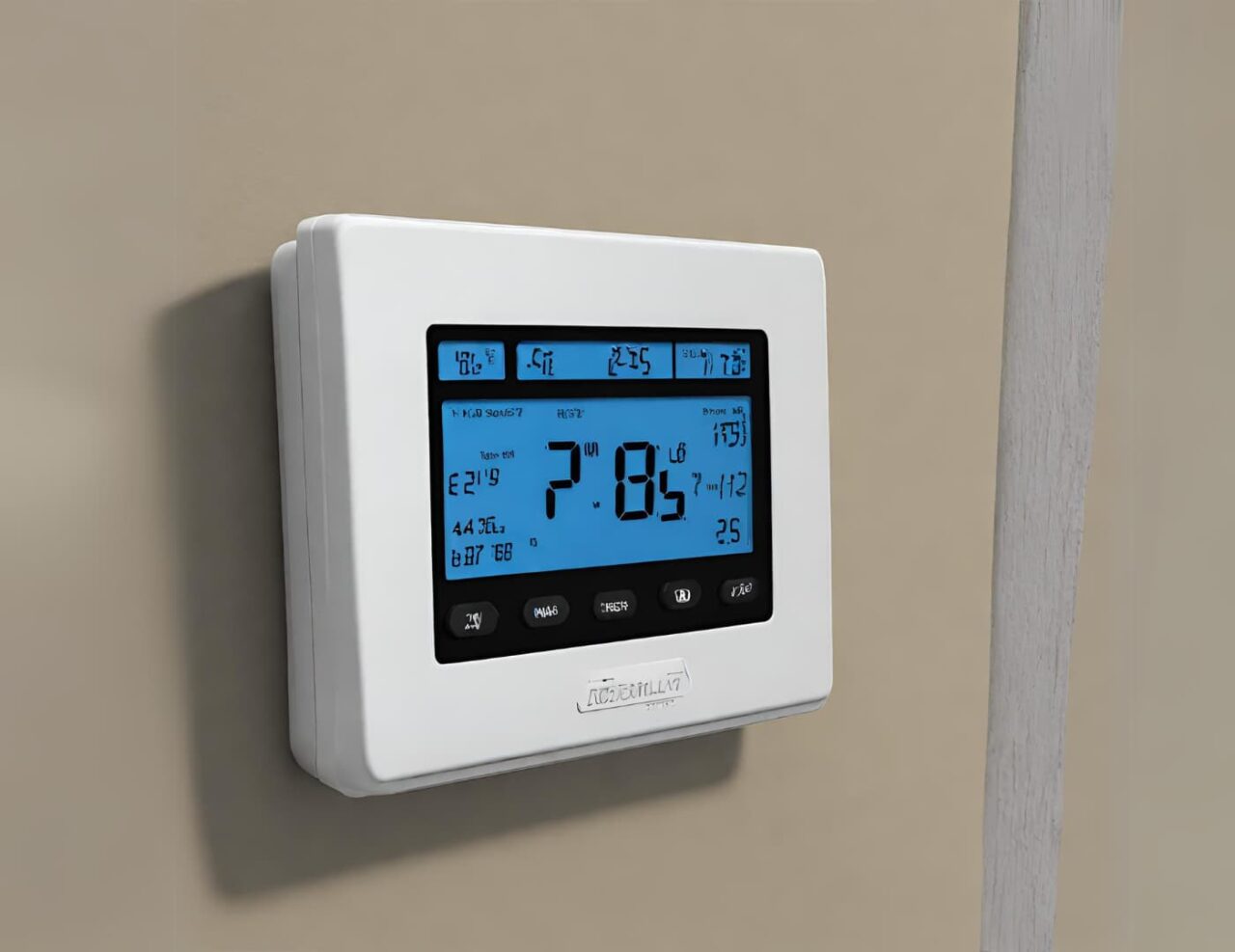When it comes to maintaining a comfortable indoor environment and optimizing energy efficiency, the accuracy of your thermostat’s temperature readings is paramount. In this article, we’ll delve into the world of thermostat calibration, shedding light on why it matters and how it can make a significant difference in your home. Whether you’re using KMC thermostats, Crandall thermostats, or any other trusted brand, understanding and ensuring accurate calibration is essential.
Understanding Thermostat Calibration
Thermostat calibration is a fundamental aspect of maintaining a comfortable and energy-efficient indoor environment. At its core, calibration ensures that the temperature displayed on your thermostat accurately reflects the actual temperature in your home. This alignment is essential because even a slight discrepancy in temperature readings can lead to discomfort and increased energy consumption.
The calibration process involves adjusting your thermostat’s settings to bring its measurements in line with a trusted reference, such as a digital thermometer. To begin, locate the calibration adjustment feature on your thermostat, which can typically be accessed through the settings menu. The specific steps may vary depending on your thermostat’s make and model, so it’s essential to consult the manufacturer’s guidelines for detailed instructions.
Once you’ve accessed the calibration settings, you may find options to increase or decrease the temperature reading. Make small adjustments and then compare the thermostat’s reading to the reference thermometer. It’s important to be patient during this process, as it may take several attempts to achieve the desired accuracy.
Signs of Calibration Issues
Recognizing calibration issues is crucial for maintaining comfort and efficiency in your home. There are several common signs that your thermostat may be out of calibration, and being attentive to these indicators can help you address issues promptly.
One of the most noticeable signs is temperature disparities between what your thermostat displays and how it feels in your home. For instance, you may set your thermostat to 72 F, but the room feels cooler or warmer than that. This discrepancy can lead to discomfort and frequent adjustments to the thermostat, resulting in increased energy consumption.
Another sign of calibration problems is your heating or cooling system running excessively or not enough. If your HVAC system frequently turns on and off, it’s a clear indication that the thermostat is struggling to maintain the desired temperature. This constant cycling not only compromises comfort but also wastes energy and can potentially shorten the lifespan of your HVAC equipment.
By keeping an eye out for these signs and addressing calibration problems promptly, you can ensure that your thermostat operates optimally, providing accurate temperature readings and efficient heating and cooling.
The Calibration Process
Calibrating a thermostat involves adjusting its settings to align its temperature readings with the actual conditions in your home. The process varies depending on the thermostat’s make and model, so it’s essential to consult the manufacturer’s guidelines. Typically, calibration can be done through the thermostat’s settings or by using an external reference thermometer. Following the correct calibration procedure is crucial to ensure accurate temperature control.
Benefits of Accurate Calibration
Accurate thermostat calibration offers a multitude of benefits. First and foremost, it leads to precise temperature control, ensuring your home stays consistently comfortable. Additionally, accurate calibration significantly contributes to energy efficiency by preventing unnecessary heating or cooling cycles. This, in turn, lowers your energy bills and reduces your carbon footprint, making your home more environmentally friendly.
DIY Calibration Tips
Calibrating your thermostat doesn’t always require professional assistance. There are several DIY tips you can follow to ensure accurate calibration. Begin by adjusting the temperature differential settings to fine-tune when your HVAC system turns on and off. To verify accuracy, use a separate reference thermometer placed near your thermostat. This will help you confirm that the displayed temperature matches the actual room conditions.
Professional Calibration Services
While many calibration tasks can be done independently, there are situations where professional calibration services are advisable. If you suspect your thermostat has a significant calibration issue or if you’re unsure about the process, it’s wise to seek the expertise of HVAC technicians. They possess the knowledge and equipment to diagnose and correct calibration problems, ensuring your thermostat operates optimally.
KMC Thermostats and Crandall Thermostats
For those considering a thermostat upgrade or replacement, options like KMC thermostats and Crandall thermostats are worth exploring. These reputable brands offer reliable and accurate temperature control solutions. When calibrating these thermostats, you can trust their precision to maintain a comfortable and energy-efficient home.
Maintaining Calibration Over Time
Calibration isn’t a one-time task; it requires ongoing maintenance to ensure continued accuracy. Regularly check your thermostat’s readings against a reference thermometer and make adjustments as needed. Keep your thermostat clean and free from dust and debris, as these can affect its performance. By staying proactive in maintaining calibration, you’ll enjoy the long-term benefits of a comfortable and efficient home.
Conclusion
Thermostat calibration is the key to achieving both comfort and energy efficiency in your home. Whether you have KMC thermostats, Crandall thermostats, or another trusted brand, ensuring accurate temperature readings should be a top priority. By understanding the calibration process, recognizing signs of issues, and taking proactive steps, you can create an indoor environment that’s comfortable, cost-effective, and environmentally friendly.
